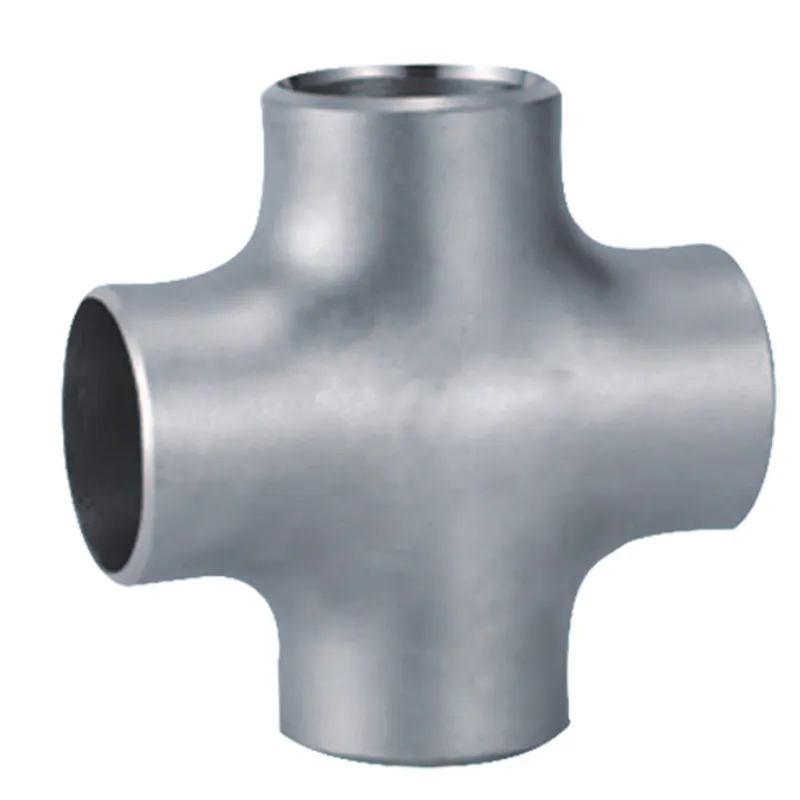-
Cangzhou Yulong Steel Co., Ltd.
-
Phone:
+86 13303177267 -
Email:
admin@ylsteelfittings.com
- English
- Arabic
- Italian
- Spanish
- Portuguese
- German
- kazakh
- Persian
- Greek
- French
- Russian
- Polish
- Thai
- Indonesian
- Vietnamese
- Zulu
- Korean
- Uzbek
- Hindi
- Serbian
- Malay
- Ukrainian
- Gujarati
- Haitian Creole
- hausa
- hawaiian
- Hebrew
- Miao
- Hungarian
- Icelandic
- igbo
- irish
- Japanese
- Javanese
- Kannada
- Khmer
- Rwandese
- Afrikaans
- Albanian
- Amharic
- Armenian
- Azerbaijani
- Basque
- Belarusian
- Bengali
- Bosnian
- Bulgarian
- Catalan
- Cebuano
- China
- China (Taiwan)
- Corsican
- Croatian
- Czech
- Danish
- Esperanto
- Estonian
- Finnish
- Frisian
- Galician
- Georgian
- Kurdish
- Kyrgyz
- Lao
- Latin
- Latvian
- Lithuanian
- Luxembourgish
- Macedonian
- Malgashi
- Malayalam
- Maltese
- Maori
- Marathi
- Mongolian
- Myanmar
- Nepali
- Norwegian
- Norwegian
- Occitan
- Pashto
- Dutch
- Punjabi
- Romanian
- Samoan
- Scottish Gaelic
- Sesotho
- Shona
- Sindhi
- Sinhala
- Slovak
- Slovenian
- Somali
- Sundanese
- Swahili
- Swedish
- Tagalog
- Tajik
- Tamil
- Tatar
- Telugu
- Turkish
- Turkmen
- Urdu
- Uighur
- Welsh
- Bantu
- Yiddish
- Yoruba

Oct . 20, 2024 22:33 Back to list
Dimensions and Specifications for Threaded Fittings in Various Applications
Understanding Threaded Fitting Dimensions A Comprehensive Guide
Threaded fittings are essential components in various engineering and plumbing applications. They are used to connect pipes, valves, tanks, and many other objects in order to create a secure and leak-proof system. The dimensions of threaded fittings play a crucial role in ensuring compatibility and functionality, which is why understanding them is fundamental for engineers, plumbers, and DIY enthusiasts alike.
The Basics of Threaded Fittings
Threaded fittings come in various shapes and sizes, designed to accommodate different pipe diameters and materials. They typically feature threads that are either male (external) or female (internal), allowing for a secure connection when screwed together. Common types of threaded fittings include elbows, tees, crosses, and couplings, each serving a specific purpose in fluid transport systems.
Importance of Dimensions
The dimensions of threaded fittings are critical for several reasons
1. Interchangeability Different manufacturers may produce fittings with similar functions, but if the dimensions do not match, they will not be compatible. Standard sizes ensure that components can fit together correctly, facilitating repairs and installations.
2. Pressure Ratings The physical dimensions of a fitting influence its ability to withstand internal pressures. Smaller diameter fittings may not handle high pressures as effectively as larger ones, making it essential to select appropriate sizes based on the application's requirements.
3. Flow Rate The size of the fitting directly affects the flow rate of the fluid passing through it. Larger fittings generally allow for higher flow rates, while smaller fittings may create bottlenecks, which can lead to inefficiencies in the system.
4. Material Compatibility Different materials expand and contract at different rates, which can impact the fitting's dimensions over time. Properly sized fittings ensure a snug fit that accommodates these changes while minimizing the risk of leaks.
Common Measurement Standards
Understanding the various measurement standards for threaded fittings is crucial. The most commonly used standards include
- NPT (National Pipe Thread) Predominantly used in North America, NPT fittings have a tapered thread that helps form a seal when tightened. The dimensions are specified in terms of nominal pipe size (NPS), such as 1/2, 3/4, and so on.
threaded fitting dimensions

- BSP (British Standard Pipe) Used mainly in the UK and other countries adopting British standards, BSP fittings can be either parallel (BSPP) or tapered (BSPS), which affects their sealing capabilities and dimensions
.- ISO (International Organization for Standardization) ISO threads are widely used across the globe and tend to follow metric measurements. This standardization aids in international trade and compatibility.
- Metric Threads Some countries utilize metric threading systems. These measurements are specified in millimeters and can be found in various applications, particularly in automotive and industrial settings.
Sizing and Identifying Threaded Fittings
When selecting a threaded fitting, it is vital to accurately measure its dimensions, including
1. Nominal Size This refers to the approximate inner diameter of the pipe that fits into the fitting.
2. Thread Pitch The distance between threads, specified in threads per inch (TPI) for NPT or in millimeters for metric threads.
3. Length The overall length of the fitting impacts its ability to connect with other components.
4. Outer Diameter (OD) Knowing the OD is essential for ensuring that the fitting will fit into other components without issues.
5. Inner Diameter (ID) This measurement is critical for understanding the flow characteristics of the fitting.
Conclusion
Threaded fitting dimensions may seem like a mere technical detail, but they embody a world of importance in ensuring safe and efficient designs in plumbing, engineering, and manufacturing. Understanding the various types of threaded fittings, their dimension standards, and application characteristics enables professionals to select the right components for their systems. Proper fitting selection not only enhances performance but also promotes longevity and reliability in various applications, highlighting the importance of attention to detail in mechanical systems. Whether you are a seasoned engineer or a novice DIYer, grasping these dimensions is a fundamental skill in the world of threaded fittings.
Latest news
-
ANSI 150P SS304 SO FLANGE
NewsFeb.14,2025
-
ASTM A333GR6 STEEL PIPE
NewsJan.20,2025
-
ANSI B16.5 WELDING NECK FLANGE
NewsJan.15,2026
-
ANSI B16.5 SLIP-ON FLANGE
NewsApr.19,2024
-
SABS 1123 FLANGE
NewsJan.15,2025
-
DIN86044 PLATE FLANGE
NewsApr.19,2024
-
DIN2527 BLIND FLANGE
NewsApr.12,2024
-
JIS B2311 Butt-Welding Fittings LR/SR 45°/90° /180°Seamless/Weld
NewsApr.23,2024











